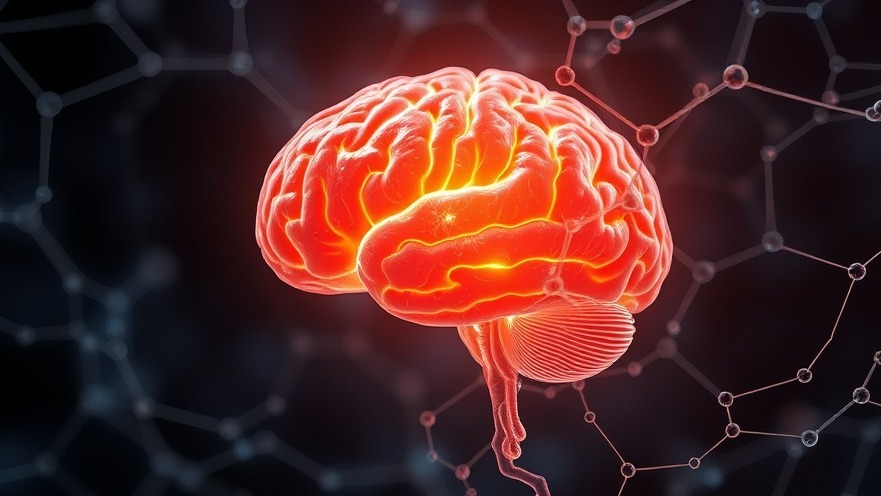
The Pivotal Role of Oxygen in Brain Development
Recent research conducted by Professor Hsiao-Mei Wu and Dr. Yi-Chung Tung from renowned institutions showcases a significant breakthrough in understanding the role of oxygen in early human brain development. Published in Science Advances, this study studied how oxygen tension influences the development of cerebral organoids over a crucial period between the 4th to 6th weeks. The findings imply that oxygen levels aren't merely passive contributors but active regulators of neurogenesis.
Understanding the Mechanism: Multiomic Analysis
By utilizing human cerebral organoids as a model, researchers combined various advanced techniques to monitor internal oxygen levels in developing tissues. This integration included fluorescence lifetime imaging microscopy (FLIM) and oxygen-sensitive microbeads, allowing them to capture real-time variations in oxygen tension. Additionally, single-cell RNA sequencing (scRNA-seq) and metabolomics provided extensive data relating to the neurodevelopment process, filling in crucial gaps in our knowledge.
Implications for Neurodevelopmental Disorders
This research not only clarifies the importance of oxygen tension but may also pave the way for new therapeutic approaches in treating neurodegenerative diseases. Prof. Wu remarked, “This discovery provides a novel perspective on the mechanics underlying neurodegenerative diseases, spotlighting the necessity for further exploration.” Indeed, understanding how oxygen levels affect early brain development could unlock new pathways to address conditions like autism, ADHD, and other neurodevelopmental disorders.
How This Knowledge Can Influence Clinical Practice
For concierge health practitioners, awareness of the impact of oxygen levels can enrich patient consultations and drive innovative treatment options. As we deepen our understanding of neurodevelopment, practitioners can leverage insights from this study to assess developmental trajectories in children and potentially identify at-risk patients earlier. Furthermore, it can guide interventions in prenatal care, where oxygenation is vital for healthy fetal brain development.
A New Era in Understanding Brain Health
This study serves as a reminder of the complexities involved in brain development and the importance of an integrated approach in research. It emphasizes a multi-disciplinary strategy that combines technological insight with clinical implications, which can lead to actionable insights for better patient care.
Future Directions: Research Recommendations and Best Practices
Healthcare practitioners should remain abreast of research developments in the fields of neuroscience and biomedical engineering. By staying informed, they can adopt best practices in assessing brain development issues related to oxygenation. Future research could focus on how environmental factors, lifestyle choices, and even maternal health indirectly influence oxygen levels during critical growth periods.
Engaging in Continuous Learning
The takeaway from this study is clear for health practitioners: the knowledge of oxygen's role in neurodevelopment isn't just an academic curiosity. It could lead to real-world benefits in enhancing patient care and early intervention strategies. As the landscape of medical science evolves, staying informed will be imperative for practitioners aiming to provide the highest level of care.
For practitioners seeking to adapt their practices based on the latest research, it's crucial to engage with studies like this one actively. The interplay between technology and medicine offers innovative solutions that can influence patient outcomes significantly.
Call to Action: Consider subscribing to relevant medical journals to receive ongoing updates on groundbreaking research and its implications for practice. By staying informed, you not only enhance your professional expertise but also improve the care provided to your patients.
 Add Row
Add Row  Add
Add 






Write A Comment